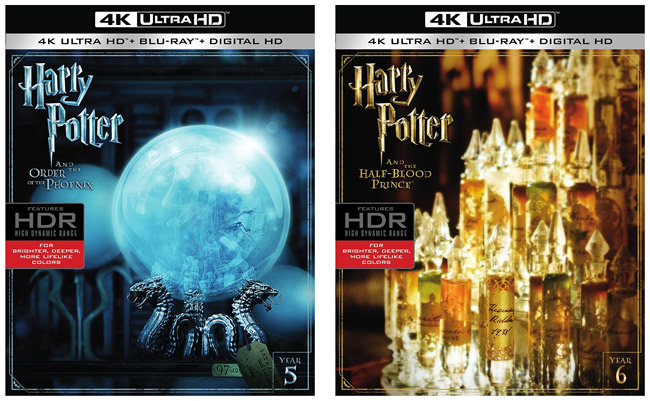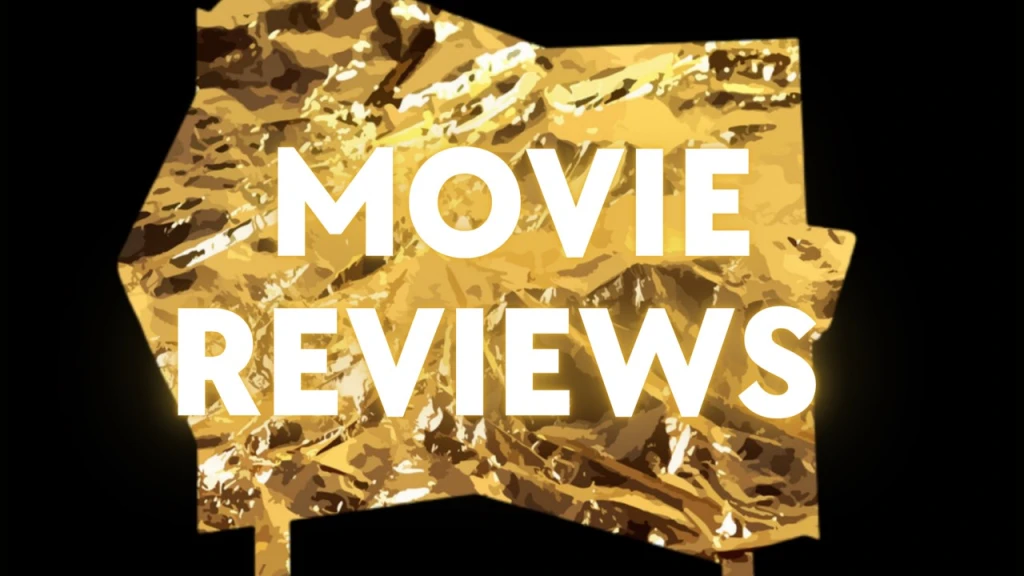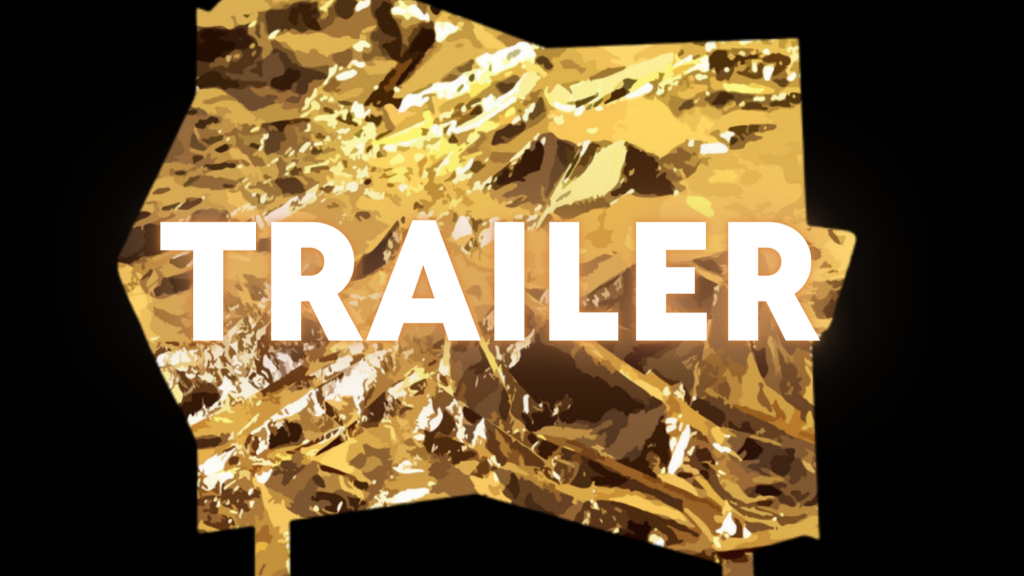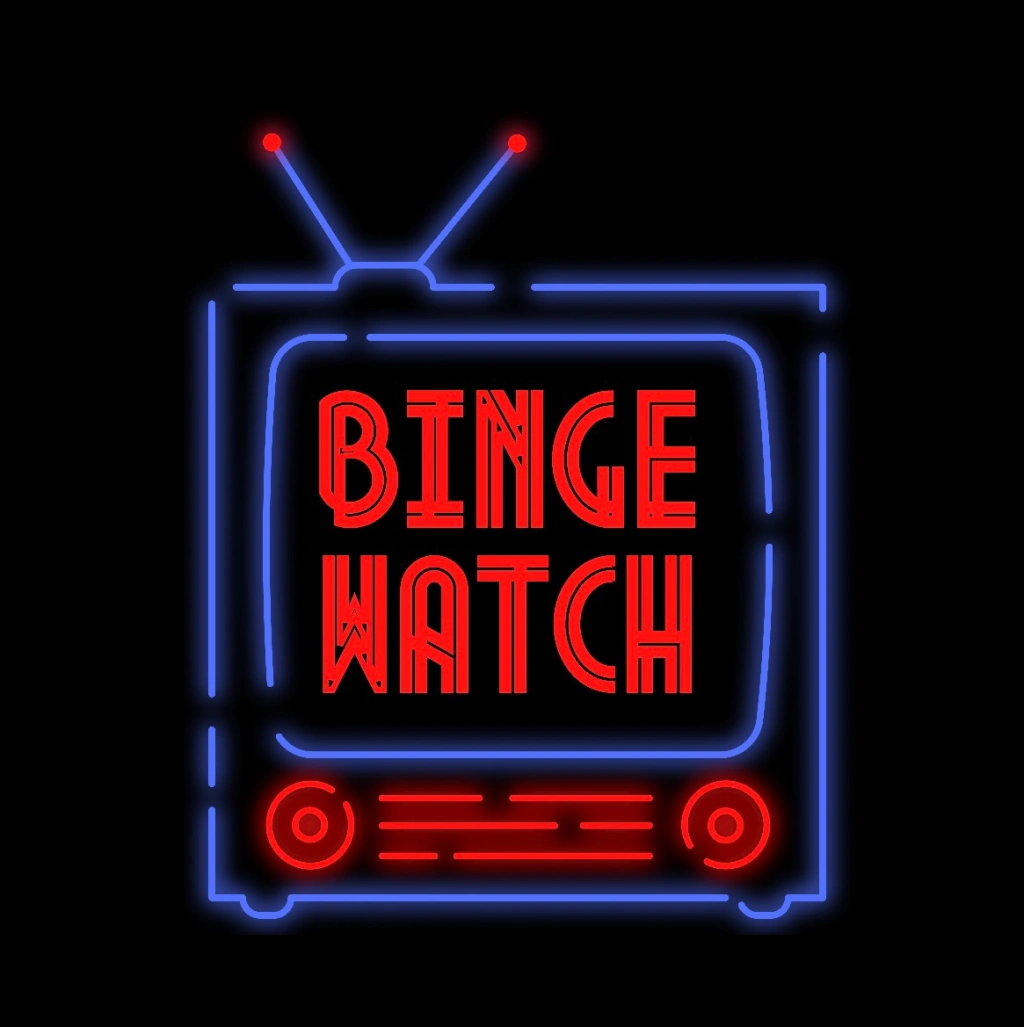
‘Harry Potter,’ as a story on film, turned 20 on November 14th, 2021. In 2009, This world felt like it was growing beyond it’s roots, and now, on 4K Ultra HD with High Dynamic Range, I‘m continuing to revisit this fantasy to see whether it lives beyond the real-world problems surrounding it and explore how we might, as consumers, change the way we think about sharing stories that matter to us.

“I never realized how beautiful this place was,” is the last line of “Half-Blood Prince,” spoken by Harry Potter as he looks off the highest peak of Hogwarts, sharing a sentiment delivered to the audience: this is the last time the characters would live as “children.” This relationship between clinging to innocence but embracing hardships in adult life defines this story.
David Yates develops this next installment with the same direction, allowing small book-details to flesh out the world (Hedwig in the background of the Burrow’s living room, Dumbledore’s cursed hand introduced in a medium shot rather than a lingering shot framed from Harry’s perspective, Luna wearing her lion hat to support Gryffindor, etc.) and preferring to balance aesthetic of sets with character-centric frames. One sweeping shot shows Ron Weasley kissing Lavender Brown, snowfall signaling time passing, and Draco Malfoy standing alone with a musical undertone fitting all. The colors and focus are soft, and edges are almost hair-lit. By 2009 David Yates had a good handle on when to blur special effects and keep them in focus to maintain suspension of disbelief, with an even distribution of film grain (digital or otherwise) on 4K.

However, the style shifts (in visual and musical choices) in favor of delivering emotion. For the first time, at the Burrow, shooting with a faster shutter speed appears in this series, giving the aura of an action movie out of step with most other action set pieces, but unique and foreboding in a way that serves the story and vulnerability of the characters as they are caught off-guard. Like the blue of “Phoenix” “Half-Blood Prince” is often graded into a sepia tone, which pairs well with the tones of nostalgia and memories as tangible story threads and elements. The interior of the cave where Slytherin’s Locket is found is graded nearly completely black and white (a greenish-hue peeled away, unlike the Department of Mysteries, which is also only lit with “wands” but is blue). There is no music at some significant story beats, and ambient notes and minor character themes (such as a touching theme for Lilly Potter) to underscore the focus of the story in each moment. There is even diegetic music in the Three Broomsticks.

Yates carries over other small details to acknowledge the stories before, like the subtle tick of Harry cracking his neck when he touches Voldemort’s ring calling back to a character tick in “Order of the Phoenix.” We revisit locations missed since the first installments, such as the herbology greenhouses, the character Aragog (for his funeral), and Diagon/Knockturn Alley. Harry’s glasses often reflect his surroundings, bringing my attention to the likelihood that the glasses’ lenses were not present for much of other movies.
The Quidditch pitch, as a key example, highlights the relationship of set design to the story being told emotionally. The stands are undressed, leaving a hollow wooden shell where characters competed to play as younger children. Harry is the team Captain and Ginny is part of the team despite Quidditch being left out of “Order of the Phoenix.” The movie is more dependent on the viewer having seen other installments to understand relationships like those between Harry and Malfoy, Snape, Dumbledore, and Hagrid. And the resulting compilation of memories, characters, and tones lead to a divisive clash between clinging to the humor of magic and the humor of teenage relationships and the somber acceptance of the darkness in the world outside.

The most effective humor in the series plays out here with Harry pretending to give Ron “liquid luck” then when he takes it himself, and yet the most somber moments, arguably the most hard-hitting emotional beats, also play here as places of safety like the Burrow, Hagrid’s hut, and Dumbledore burn or burn out. Hogwarts stands as a representation of safety and growth, so as literal dark clouds try to burst in and cursed objects make themselves known, even Malfoy’s plan is to slip in dark magic through a secret entrance. It’s a quiet invasion of evil, climaxing in a quiet dispelling of darkness when the students and teachers of Hogwarts dispel that darkness with simple light.
Many people miss the books action-centric climax in the halls of Hogwarts. Personally, I think the emptiness and helplessness works as opposed to a give and take of varied teachers and characters combating the Death Eaters as they leave.

Harry, as played by Daniel Radcliffe, is caught between enjoying his life at Hogwarts and his obsessions with Draco Malfoy and the Half-Blood Prince, and he plays both moods naturally and effectively, despite noting a period in his life where he would isolate and drink heavily, without the overacting of the third and fourth installments. We see Hermione struggle with aspirations to excel in school, and Ron struggle with empathy. They’re back to being fleshed out characters, and this leads me to another concern with the amount of detail packed into the movie.

New characters populate the screen with varying degrees of positive and negative impact and interest, including Lavender Brown, Cormac McLaggen, Fenrir Greyback, and Professor Slughorn. With such a populated school and story, the movie is again reliant on it’s fanbase to have read or watched other stories to balance their screen-time and remain invested. An example of this is that Tonks, only briefly introduces in the previous film, and Remus Lupin, two characters who struggle to be defined by their physical form, are now a couple. But this is completely unexplored. This movie probably has the worst case of balancing so many threads, it doesn’t have time to develop them. Other story threads that suffer include Tom Riddle‘s past, Harry’s romance with Ginny Weasley, the exploration of Harry’s potions advancement/success, and Snape teaching Defense Against the Dark Arts (…not one scene…).

As would be necessary, this features a particularly strong performance from Alan Rickman, playing unspoken threads of story and using stage experience to use time on screen regardless of the camera’s focus. There are even adjustments to his costume and hair design that cause my eye to fixate on him as something changed. For example, when Dumbledore mentions Harry used a “beazor” in the castle’s hospital wing, Snape snaps to focus and linger with suspicion and recognition on Harry.
Albus Percival Wulfric Brian Dumbledore (his full name featured on his sleeping portrait in his office after his death), though no more explored yet present significantly, is performed entirely grounded by Michael Gambon, even in the most operatic moments leading to his death. He trusts the production to make him feel powerful while playing moments as honestly as he can. The character had been revealed by J. K. Rowling to be homosexual during this movie’s writing and production, and there’s an added element of interest from Dumbledore in Harry’s romantic life, though in retrospect there’s a darkness to his true intentions at keeping Harry unattached from new close relationships (based on “Deathly Hallows”). No music plays on the view of the destroyed great hall, where that character staged so many speeches to theme the stories.

While this starts as a story attempting to be an early installment about the mystery of Harry’s book, a second, darker story, hunting a means of defeating Voldemort, pushes this to the side. The way the Half Blood Prince is revealed is in front of a burning place of comfort from Harry’s childhood. This is a quiet climax that leaves the viewer firmly aware the characters are no longer safe, and they cannot go back to their youth. After pushing for years to be involved in the dangers adults face in this world, they may have realized what they missed.
It’s ultimately a story about the truths people try to hide and what we loose as we grow into the darker elements of a larger world. And it’s a reminder of how safe growing up with this series was, and it’s a shame for any group of the earth’s population to feel ultimately excluded or rejected by its’ creator, who doesn’t seem to realize that she has become something comparable to her own fictional created Ministry.

Despite the writer’s strike, “Harry Potter and the Half-Blood Prince,” is a story told strongly by the performances, direction, editing, production design, and visual elements like color and lighting, each with significant impact. It performs through every function a movie can have to give humor, dread, love, and pain and prepares the viewer for a climax to pay off this emotional anchor. If readers of this article can explore lending copies, buying second-hand (assuming not from an illegal vendor), and sharing with those who may be interested (streaming parties, etc.), this movie is a crucial, emotional chapter about love and loss and delivers emotionally and builds investment in the two-part conclusion. I would recommend seeing this on 4K Ultra HD, hands down, to revisit this in any mental state that needs to process grief over loss of innocence or important parts of one’s life.

(This series is intended to review the Harry Potter movies as pieces resulting from collaborations between artists and commercial stakeholders. If you’re still grappling with your relationship to this fandom, I welcome you to explore many supportive sources of information online (Particularly Lindsay Ellis’ commentary on “death of the author” and Ms. Rowling’s platform: https://www.youtube.com/watch?v=NViZYL-U8s0)
You can also read more about the study that claimed reading ‘Harry Potter’ reduces prejudice here: https://www.psychologytoday.com/us/blog/the-athletes-way/201505/does-reading-harry-potter-books-reduce-prejudice)





Leave a comment